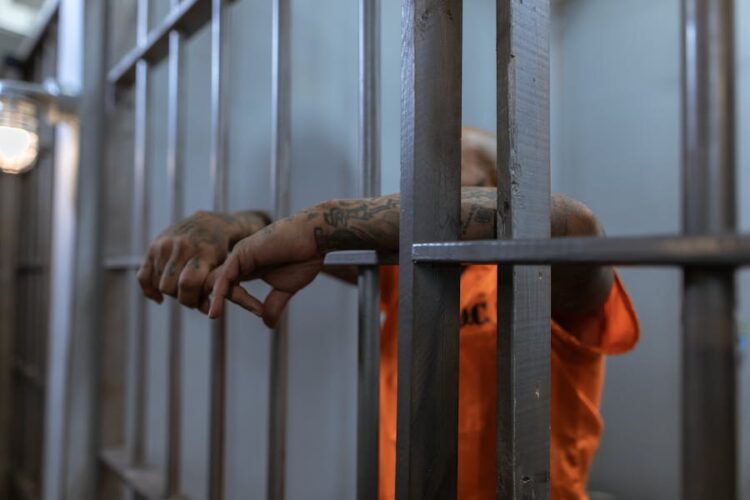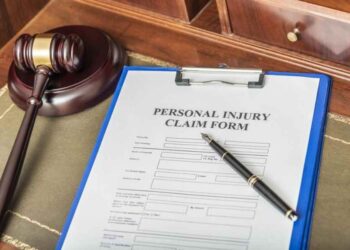Navigating the criminal justice system can be daunting. Start by hiring a qualified defense attorney who will guide you through the process. Next, gather evidence and document your case. Attend pre-trial hearings and negotiate with prosecutors. If necessary, proceed to trial. After sentencing, appeal if eligible. Stay informed about bail, fines, and parole requirements for a smoother transition.
Because of a lack of knowledge about how to deal with incrimination, the penalties can be shocking. This guide is meant to act as a simple map through these systems, taking the fear out of legal proceedings and making them just a bit easier to understand. In Denver specifically, where laws are strict and complicated, having an experienced criminal defense attorney is a must.
How Arrest Is Made
The incrimination journey often starts with, not surprisingly, an arrest. Police officers arrest the people who committed a crime. This is when you must keep your cool and not be difficult. Knowing your rights can make a world of difference to an arrestee—the right to stay silent and the right to an attorney, mainly. Knowing those rights helps people avoid self-incrimination.
Booking and Initial Detention
Booking is the next step after an arrest. This process refers to recording personal information, fingerprinting, and photographic capture. Detainees can also be searched. First sight is the initial arrest followed by a short-term detention before the first court appearance. This is when you must contact a lawyer to get advice and plan the defense.
Bail and Pretrial Release
Whatever the case, bail is financial security to ensure that the defendant shows up in court. The amount of bail is set by the court, considering factors such as the seriousness of the offense and prior criminal record. In some cases, people are released on their own recognizance, agreeing to show up for all of their court hearings without paying money in bail.
Arraignment & Plea Negotiations
An arraignment is the first court appearance. This is where the charges are formally read and the accused gives their plea of guilty, not guilty, or no contest. This is followed by plea bargaining, in which the defense and prosecution usually negotiate a resolution. Such can lead to reduced charges or less severe consequences, depending on the situation.
Preliminary Hearing and Discovery
A preliminary hearing is conducted to determine if there is sufficient evidence for the case to proceed. The prosecution presents its case, while the defense is given an opportunity to make a counter-argument. Communication occurs between both parties, and discovery is exchanged as well. This step is crucial, as it allows the defense to build a strong case by understanding the evidence the prosecution has against them.
Trial and Sentencing
Should the case reach trial, a judge or jury examines the evidence to determine guilt or innocence. Both sides present arguments, call witnesses, and submit evidence. The trial’s outcome hinges on the strength of the evidence and the effectiveness of the legal representation. If found guilty, sentencing follows. Sentences vary widely, from fines and community service to imprisonment, based on the crime’s nature and severity.
Appeals and Post-Conviction Relief
In the event of conviction, that individual has a right to appeal after being sentenced. Appeals concern legal missteps in a trial—such as admitting the wrong evidence or sending the jury off to deliberate based on an incorrect instruction. When successful, appeals can lead to a new trial or even the conviction being thrown out altogether.
Rehabilitation and Reintegration
Rehabilitation programs are critical in helping inmates successfully transition back to society for anyone serving time. These programs include educational and vocational services and counseling to help reduce recidivism and put people back on track to recovery. Of course, use by other community organizations and family members will increase the likelihood of success.
Conclusion
Understanding the criminal justice system’s intricacies is essential for anyone navigating it. From arrest to rehabilitation, each step involves specific procedures and rights that can significantly impact the outcome. Legal representation remains vital throughout the process, ensuring fairness and advocating for the best possible result. This guide provides a foundation for navigating the system more confidently and clearly.










